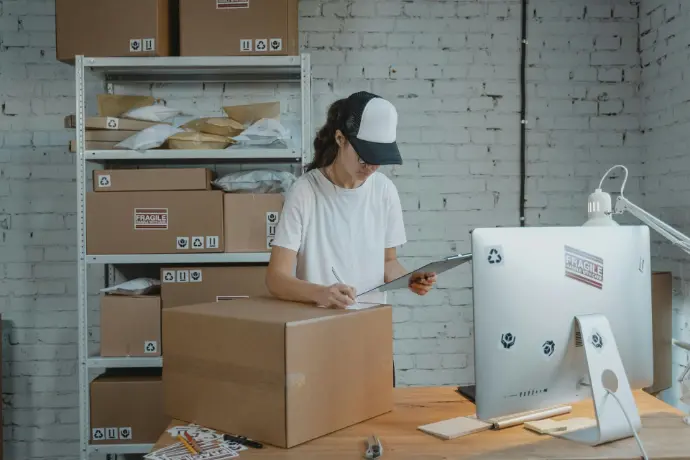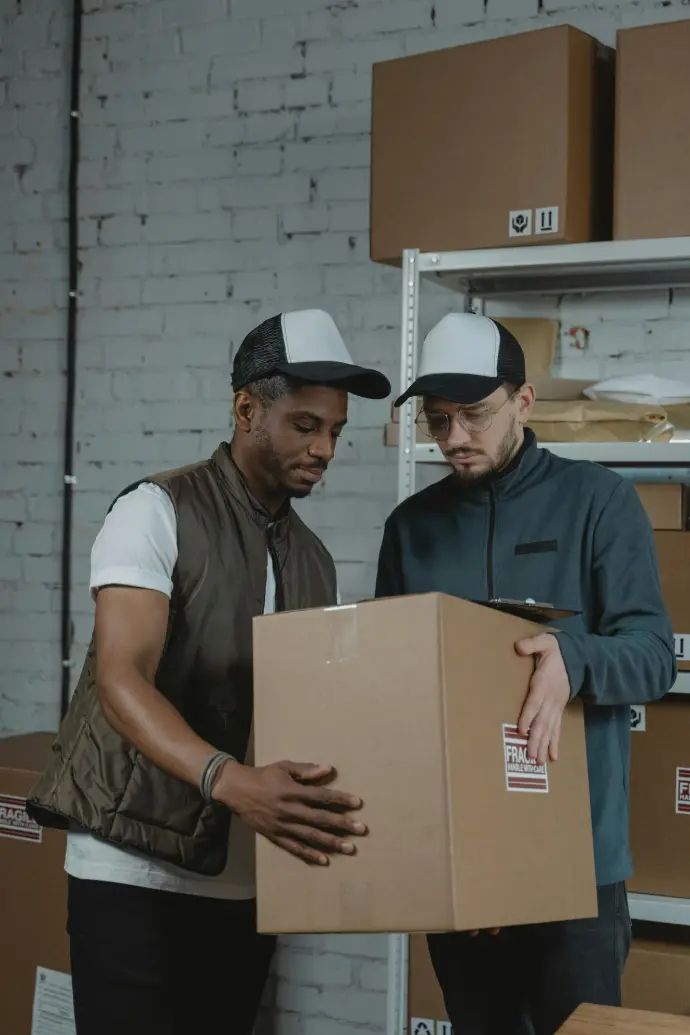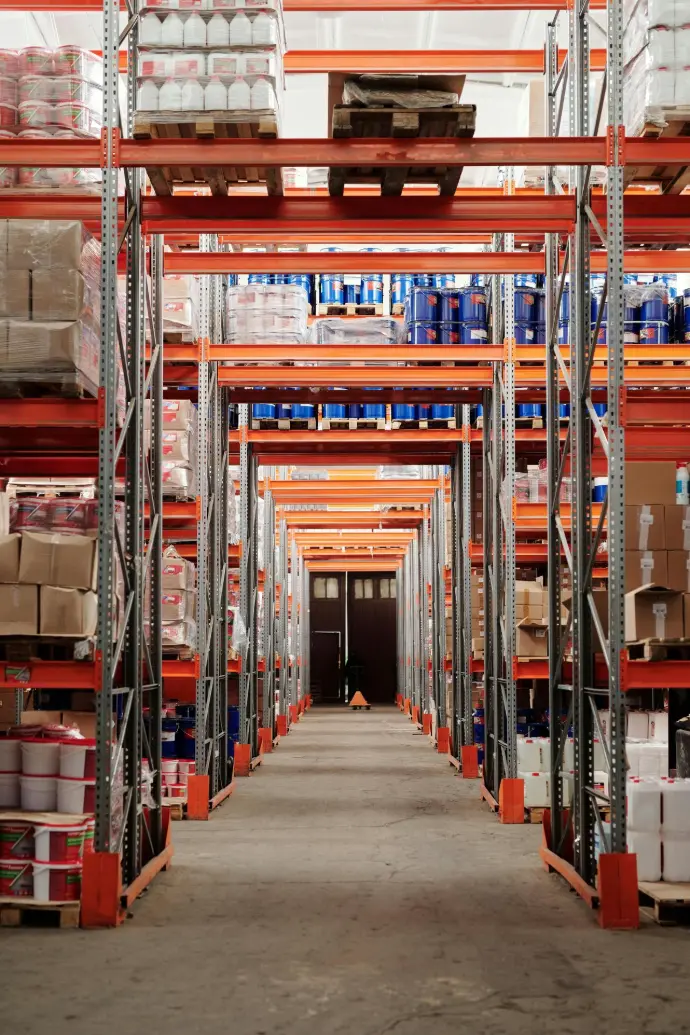3PL and Logistics Packaging Solutions to Optimize Warehouse Efficiency
Strengthen your fulfillment process, reduce errors, and maintain control over every shipment that leaves your dock.
Smart Packaging Support for 3PL and Logistics Operations
Third-party logistics teams depend on fast, consistent, and adaptable packaging to stay on top of tight schedules and diverse client demands. From durable stretch film and reliable case sealers to right-sized cartons and automated systems, the right packaging partner helps reduce bottlenecks, cut down on damage claims, and keep shipments moving smoothly. If your facility is constantly adjusting to new SKUs, packaging requirements, or order volumes, working with a responsive packaging distributor can simplify your workflow and keep your operation running efficiently.

Common 3PL and Logistics Packaging Supplies
Stretch Film (Pallet Wrap)
Secures palletized loads during transit to prevent shifting and product damage—essential for maintaining load stability across multiple client shipments.
Packing Tape & Case Sealers
Keep cartons sealed and protected through handling, stacking, and transport for consistent shipment integrity.
Corrugated Boxes & Cartons
Durable, customizable packaging that protects a wide range of products while reducing waste and shipping costs.
Void Fill & Cushioning Materials
Air pillows, paper fill, and foam inserts help prevent movement inside cartons, minimizing damage and returns.
Labels & Barcoding Supplies
Enable accurate tracking, order picking, and shipment identification to keep fulfillment efficient and error-free.
Strapping & Banding Materials
Reinforce heavy loads and secure large boxes or pallets, ensuring safe handling during shipping and storage.

Common Retail Packaging Equipment
Case Sealers
Automatically seal cartons with tape or glue, saving time and ensuring consistent closure quality across high-volume shipments.
Stretch Wrap Machines
Secure pallets quickly and evenly to prevent product shifting or damage during transport, improving load stability and efficiency.
Strapping Machines
Apply durable straps around boxes or pallets to keep items tightly bound, reducing product movement and improving safety in transit.
Carton Erectors
Form and prepare boxes automatically, helping logistics teams maintain speed and consistency during peak fulfillment periods.
Label Applicators
Automatically apply shipping or product labels to packages, reducing labeling errors and keeping operations moving at a steady pace.
Conveyor Systems
Move products seamlessly between packing stations, minimizing manual handling and improving workflow efficiency across large-scale facilities.

At the end of the day, 3PL and logistics packaging is all about consistency, protection, and speed. With the right materials and equipment, your team can streamline packing, reduce errors, and keep every shipment moving on schedule.
Need help optimizing your packaging workflow? Connect with our team — we’re here to make your fulfillment process smoother, faster, and easier to manage.